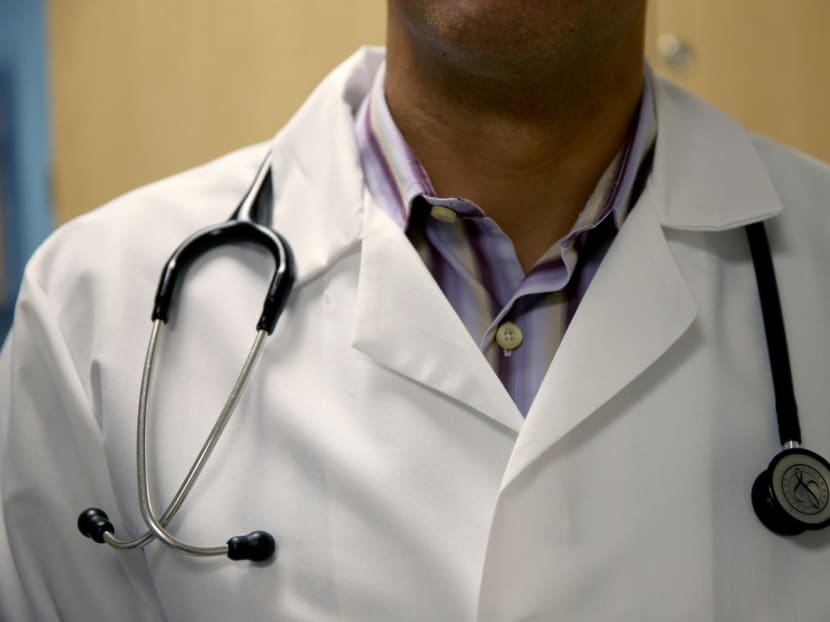Unravelling the Gordian knot of antimicrobial resistance
On Wednesday, the United Nations General Assembly will hold a day-long “high-level meeting” to rally the world in fighting a public-health scourge: Antimicrobial resistance.
On Wednesday, the United Nations General Assembly will hold a day-long “high-level meeting” to rally the world in fighting a public-health scourge: Antimicrobial resistance.
This will be only the fourth time in its 70-year history that the UN General Assembly will address a specific infectious-diseases issue, the others being malaria, HIV/Aids and Ebola.
The concept of antimicrobial resistance is difficult to grasp and misconceptions abound.
In a groundbreaking series of interviews commissioned by the Wellcome Trust, researchers from United Kingdom consultancy firm Good Business Ltd found that 31 per cent of participants believed that antibiotic resistance was actually the human body becoming resistant to antibiotics (it is the microbes that develop resistance to the drugs).
Big numbers trotted out on lives lost and financial costs left the majority of participants cold, and some participants — albeit a minority — viewed the dangers of antimicrobial resistance as scaremongering by the media and government.
It is entirely plausible that members of the public in Singapore and elsewhere share similar views.
The concept itself and the multiple microbes that have developed resistance to various drugs used against them have been tagged with acronyms in the hope of simplifying the multisyllabic scientific terminology — that is, AMR (antimicrobial resistance), MRSA (methicillin-resistant Staphylococcus aureus), ESBL-E (extended-spectrum beta-lactamase-producing Enterobacteriaceae), CRE (carbapenem-resistant Enterobacteriaceae), MDR-TB (multidrug-resistant tuberculosis) and HL-AziR (high-level azithromycin-resistant) gonorrhoea, to list a few.
This has created an alphabet soup that lay people have to wade past in order to understand that they are different aspects of the same underlying problem — a multi-headed hydra of drug-resistant infections caused by the constant evolution of microbes in response to the drugs and chemicals humans have developed to kill them, partly due to the overuse and misuse of said drugs.
The unifying label “superbug” is no better — sounding both caricatured and sensationalised, while not evoking any real sense of urgency or alarm anymore.
How should the issue of antimicrobial resistance be tackled?
The final draft of the political declaration released ahead of the meeting commits member states to developing national action plans to track and better regulate antibiotic use, increase public awareness of antimicrobial resistance and to end the overprescription of antibiotics, improve access to new antibiotics and vaccines, and invest in research on new antimicrobial drugs, diagnostics and other technologies that will help tackle the issue of antimicrobial resistance.
This is all good and necessary. The lack of a timeframe and hard targets in the document is somewhat disappointing, but perhaps inevitable, given the wide disparity between member states.
Singapore already has many parts of such a multi-sectoral national action plan on antimicrobial resistance in place, and is well placed to be a regional leader in this area. But it needs a better way to educate the public.
Fortunately, the same series of interviews commissioned by the Wellcome Trust showed a possible way forward. Clear and simple language focusing on illness and implications — especially those that are real and relevant to the individual and his or her family — works better than abstract concepts and figures.
This includes using the term “drug-resistant infections”, which is easier to grasp than “antimicrobial resistance” or “AMR”. Explaining that routine procedures such as Caesarian sections or joint-replacement surgeries could become more deadly because of drug-resistant infections has a greater impact than discussing the effect of antimicrobial resistance on in-hospital deaths or the global economy.
People also intuitively understand that bacteria can become “stronger”, and focusing on the individual bacteria — although that takes considerable effort — will also make it real as they imagine people they know becoming infected.
Why go to all this effort? Many of us feel that antimicrobial resistance — if it is, in fact, viewed as a real problem — will be sorted out by someone else, whether it is the doctors, the pharmaceutical industry, the scientists or the government.
But antimicrobial resistance and its spread is, in fact, a classic example of the tragedy of the commons. We all like our food cheap, even though this is largely possible today only because most food animals are raised using antibiotics as growth promoters. Many people ask for antibiotics when they have a cold because they remember that taking antibiotics in the past made such colds better (it is a temporal, but not a real, association), but they often do not develop drug-resistant infections — someone else down the road does.
Doctors weigh the risk of missing a bacterial infection in the patients in front of them versus the development of antimicrobial resistance in future if antibiotics are inappropriately prescribed, and the present almost always outweighs the future.
The pharmaceutical industry in the past couple of decades has become less willing to develop new antibiotics because it is a less profitable enterprise than developing the next cancer or lifestyle drug. Many governments find this Gordian knot of antimicrobial resistance difficult to unravel, and moreover, there are other pressing issues and little pressure or incentive to tackle this problem.
But it is precisely because there is no single solution that strong political leadership, a proactive medical profession and an enlightened public are needed. And they are needed now.
ABOUT THE AUTHOR:
Associate Professor Hsu Li Yang, Programme Leader, Antimicrobial Resistance Progamme, NUS Saw Swee Hock School of Public Health







